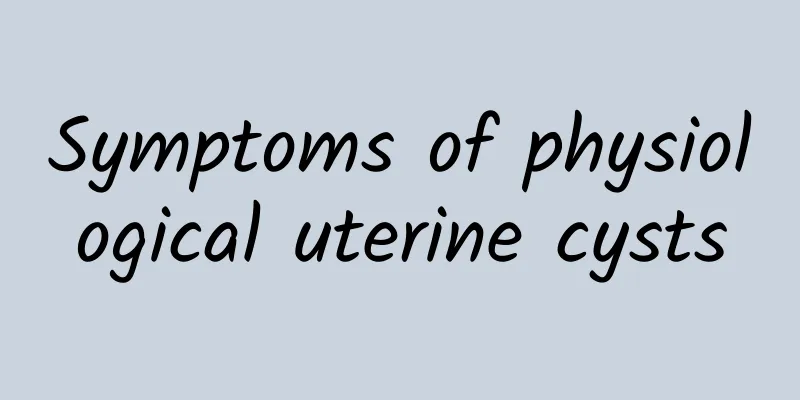Differences in the treatment of acute and chronic pelvic inflammatory disease

|
Inflammation of the female uterus, fallopian tubes, and ovaries can manifest as exudation, congestion, edema, etc. These symptoms are called pelvic inflammatory disease. Pelvic inflammatory disease is generally divided into two types: acute pelvic inflammatory disease and chronic pelvic inflammatory disease. Although both are pelvic inflammatory diseases, the treatment of acute pelvic inflammatory disease and chronic pelvic inflammatory disease is different. Treatment of acute pelvic inflammatory disease 1. Pay attention to rest: The main treatment for patients with acute pelvic inflammatory disease should pay attention to rest, and it is best to choose hospitalization. 2. Diet: Patients should pay attention to the balance of electrolytes and eat more high-protein nutritious foods, such as oats, lotus seeds, hazelnuts, soybeans, pumpkin seeds, pork liver, tofu skin, etc. 3. Use anti-inflammatory and antibacterial drugs: Patients with acute pelvic inflammatory disease should pay attention to replenishing fluids and use anti-inflammatory antibiotics. The most appropriate drugs can be selected through drug sensitivity tests. Patients should persist in taking the drugs and should not "stop halfway" to avoid chronic pelvic inflammatory disease. 4. Treatment combining traditional Chinese and Western medicine: Traditional Chinese medicine can select appropriate prescriptions for the treatment of acute pelvic inflammatory disease according to the patient's symptoms, and can achieve certain therapeutic effects in combination with Western medicine antibacterial drugs. Treatment of chronic pelvic inflammatory disease The treatment process of chronic pelvic inflammatory disease is usually longer, and patients should persist in treatment. They should never stop treatment if they feel that their symptoms have improved or disappeared. Chronic pelvic inflammatory disease is usually treated with a combination of traditional Chinese medicine, including oral administration of traditional Chinese medicine, intravenous drip of traditional Chinese medicine, enema of traditional Chinese medicine, acupuncture treatment, etc. |
<<: What are the treatments for cervical erosion?
>>: Will vulvar leukoplakia develop into vulvar cancer?
Recommend
Does uterine prolapse require hysterectomy?
Uterine prolapse generally refers to the uterus p...
What is the difference between uterine fibroids and adenomyosis?
What is the difference between uterine fibroids a...
Eat three kinds of food when ovarian function declines
The ovaries are very important reproductive organ...
What should women pay attention to after a miscarriage? These 4 precautions must be known!
Whether it is artificial abortion or natural abor...
Are uterine fibroids around you? Experts will introduce it to you!
Therefore, if a woman who has not given birth has...
Will uterine fibroids cause abdominal obesity? What are the symptoms of uterine fibroids?
It is reported that Ms. Huang, 53, began to notic...
What are the drugs for treating amenorrhea?
What are the drugs for treating amenorrhea? There...
Does smoking have a big impact after abortion?
Smoking after an abortion has a great impact on t...
How much does an abortion cost? How should I take care of my body after an abortion?
When a man and a woman have no pregnancy plans bu...
Does hysteroscopy require hospitalization? About 3-4 days
Hysteroscopic surgery requires hospitalization, u...
Experts remind you to pay attention to what symptoms when you detect ectopic pregnancy early
"What are the symptoms of ectopic pregnancy ...
Can poor menstrual hygiene lead to pelvic inflammatory disease?
Pelvic inflammatory disease is one of the common ...
What are the specific treatment measures for cervical hypertrophy?
Among gynecological diseases, cervical hypertroph...
What are the symptoms of vaginitis in women?
Female friends suffer from many diseases, vaginit...
Dangerous fat! Get rid of visceral fat from three meals
"Oh no! I gained 2 kilograms after the Chine...









